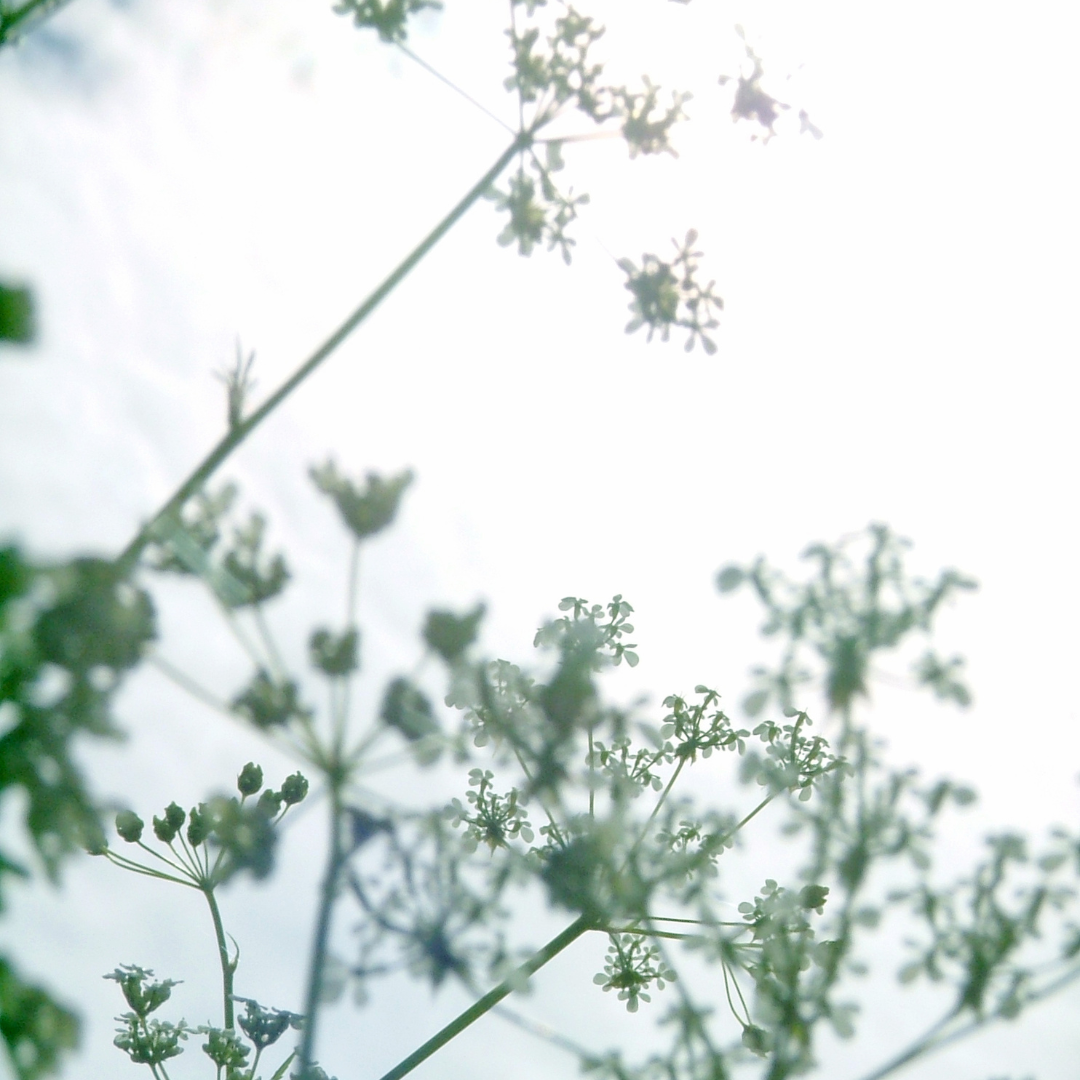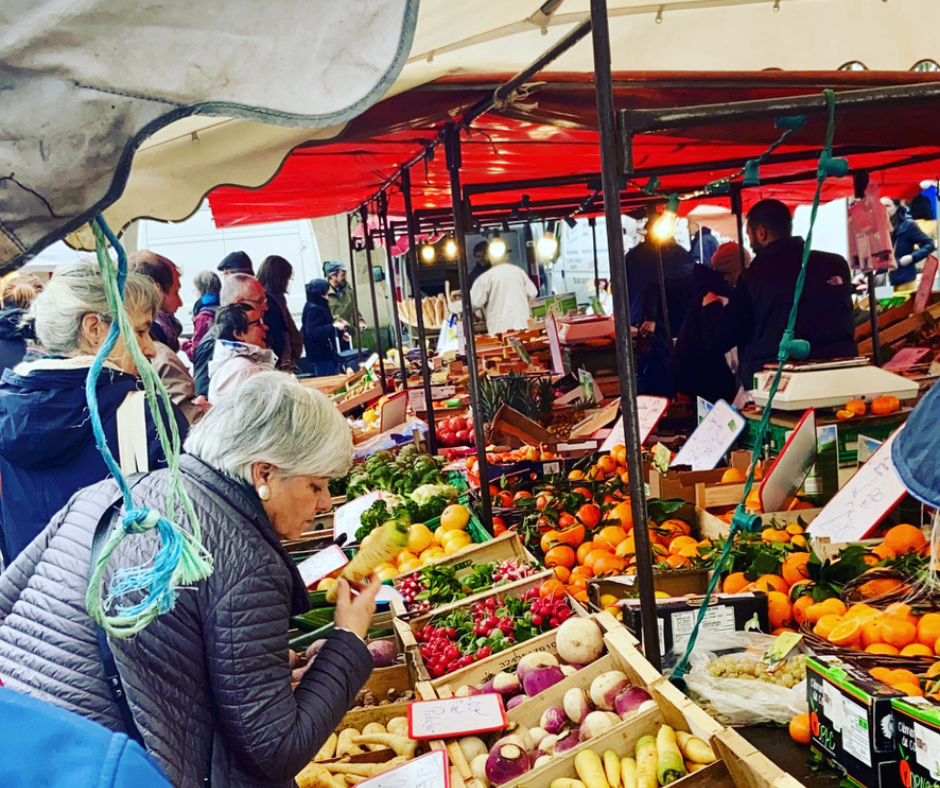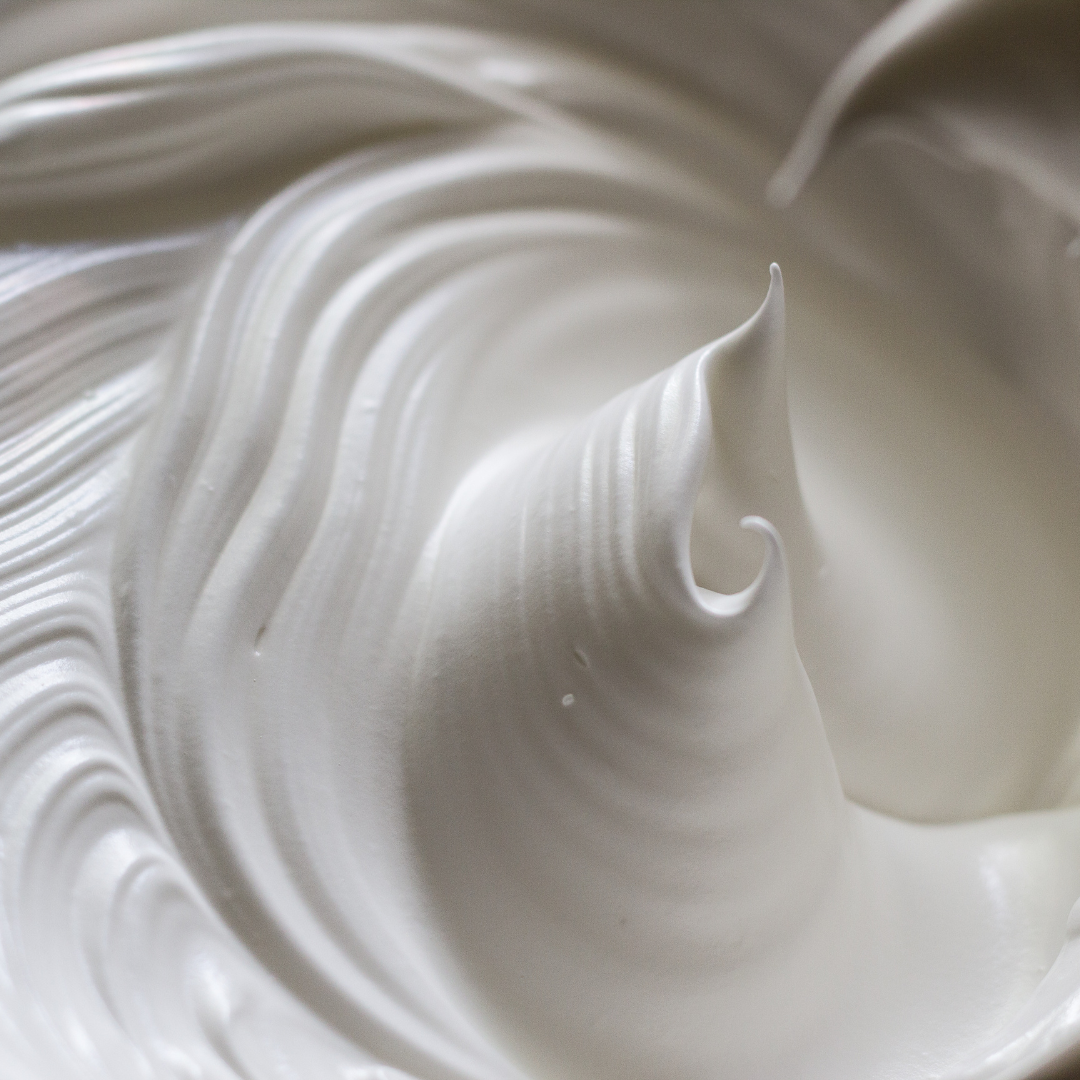French Recipes, Podcast Episodes and France Travel Tips!

Elderflower Syrup
Elderflower cordial or elderflower press as it is known is often made in many European countries, especially in the north and the Balkan countries. In some European countries, they even make wine from the berries of the plant. In Hungary, they produce a brandy made from elderberries and to make it they need 50 kilos of fruit to produce just 1 litre of the brandy. Sweden and France both produce popular liqueurs from elderflowers and in Belgium, they even create a beer from the berries.
Many people use elderflowers as fritters or in tempura. It’s not very French I’d have to say but it does sound delicious but doesn’t anything dipped in batter and fried sound delicious? Wherever you might use edible flowers you can use elderflowers in the recipe. You can make an herbal tea from fresh elderflowers which is light, fruity, and delicious. But you can also do this with dried elderflowers as well.
If you are growing your own elderflowers then one of the best things to make at home is some delicious Elderflower Syrup. Here’s my recipe for homemade Elderflower syrup.

A to Z of French Herbs - Elderflower - Fleur de Sureau
Foraging in France can be a delightful adventure, but it's crucial to be aware of the potential dangers that lurk among the bountiful flora. Among the treasures of the French countryside is the fragrant Elderflower, known for its culinary and medicinal uses.
However, it's important to exercise caution when foraging elderflowers, as certain parts of the plant, such as the leaves and unripe berries, should never be consumed due to their toxic properties. Proper identification and knowledge of safe usage are essential to ensure a positive foraging experience.
In addition to Elderflower, France is home to various other plants that demand careful consideration.

Tartare Sauce
In French cooking, dill was really in the past thought of as a Scandinavian herb and only used in Northern countries with fish. Now though the French have adopted dill in their cooking and often use it in dishes as a subtle replacement for fennel. One of the best ways I think the French use dill is in sauces, Sauce Tartare, here is my recipe for sauce tartare.

A to Z of French Herbs - Dill - Aneth
Dill
Dill in French is pronounced Aneth. It’s a hardy and fragrant annual plant that in your garden will grow to around 60cm tall. It has very fine blue-green leaves with deep yellow flowers. Both the leaves and seeds are used in cooking throughout the world. It’s related to celery and tends to replant itself and spread widely which you should take note of if planting and growing your own.
Dill is an annual herb from the celery family Apiaceae and isn’t native to European countries despite its use in many. It’s native to North Africa, Chad, and Iran, but is widely grown throughout Eurasia. It was introduced to Europe by the Romans who thought that dill symbolized joy and brought it with them everywhere to make them happy of course. In the Middle Ages, it was thought that dill had magical properties to protect houses and so would be hung around the house.

A to Z of French Herbs - Corriander
Taste is a fascinating aspect of human perception, as it varies greatly from person to person. It's often said that one person's delicacy is another person's distaste, highlighting the vast differences in individual preferences. The notion that coriander can taste heavenly to some while resembling soap to others is just one example of the intriguing and diverse world of taste.
Throughout the culinary landscape, there are numerous instances where people's taste buds diverge, forming a rich tapestry of unique and often polarizing flavor experiences.
Coriander yes is probably more well-known in Asia or Middle Eastern cuisines but it’s also used in French cuisine.

Fete de Voisins - Le Lucullus Restaurant Montmorillon
In France, there exists a cherished tradition that brings neighbors together, fostering a sense of unity and camaraderie. Known as Fête de Voisins, this annual celebration takes place every May, where residents gather to honor the bonds they share with one another. In this blog post, we delve into the vibrant spirit of Fête de Voisins and shine a spotlight on our wonderful neighbors, Fanny and Alvin, who run the esteemed Hotel de France and the delectable restaurant Le Lucullus.
Fête de Voisins: A Celebration of Community: Fête de Voisins, or "Neighbors' Party," is a time-honored tradition that highlights the importance of fostering relationships within a community.
Originating in France, this celebration has now spread to various parts of the world. It serves as a reminder that behind every door, there are stories, laughter, and connections waiting to be shared.
Montmorillon, with its close-knit community, embraces this tradition with open arms each year.

A to Z of French Herbs - Chives
Chives in French are spelled Ciboulette and are also known as Cive. Their scientific name is Allium schoenoprasum and are a species of flowering plant in the Amaryllidaceae family which are a group of perennial bulbous plants that interestingly are bisexual apparently, how a plant is bisexual I have no idea but hey each to their own. You go chives!
Chive in English derives from the French word Cive from ceps the Latin word for onion. In the middle ages, the chive was known as a rush leek. In 80 A.D. by Marcus Valerius Martialis in his "Epigrams". “He who bears chives on his breath, Is safe from being kissed to death”.
The Romans believed chives could relieve the pain from sunburn and even a sore throat. They believed eating chives could decrease blood pressure and act as a diuretic. Dutch farmers in the 19th century fed their cattle chives to give the milk a different taste and Romanians used chives in fortune telling and hanging dried chives around the house to ward off disease and evil.

Menton Citrus Festival with Maxime Kien
Recently on Fabulously Delicious, I continued my conversation with Chef Maxine Kien from Boucherie restaurants in New York City. This time with a focus on his place of birth, the French city of Menton and its food, particularly its wonderful food festival, the Menton citrus festival.
When you look at the map of France, if you go to the left you will find Menton on the right Chef Kien says and he fills us in on all things about this wonderful city located on the Cote D’Azur.
Each year the city throws one of the biggest food festivals in France. The Menton Citrus Festival highlights all there is to know about delicious citrus, lemons, limes, oranges, and everything else in between. Chef Kien remembers past festivals that he’s been to as well as their themes. That’s right each year the festival picks a theme to highlight citrus.
Chef Klien discusses all there is to know about Menton and who better to learn from than a Fabulous French chef who used to call the city home.

Fabulously Delicious Podcast Now On YouTube
If you're a foodie or just love learning about French cuisine, this is the perfect podcast for you. Each episode explores the history and culture behind some of France's most iconic dishes, while also offering practical tips and tricks for cooking them at home
By bringing my podcast to YouTube, it’s even easier for you to access my content.
So what are you waiting for? Head over to my YouTube channel now to watch or listen to the first three episodes of Fabulously Delicious - The French Food Podcast. And don't forget to subscribe so you never miss an episode. Bon appétit!

French Chef Profile - Maxime Kien
So if you had the opportunity to work in kitchens around the world, would you take it? Would you stay at home in the city, town or country, you know? How do you decide when you're on a career path that's moving up to work in your own restaurant or somebody else's? Is it about your choices or what fate delivers to you? I'm not sure. But I do think that for some people, what guides them is their passion. It's not just our ambitions or chances.
Chef Maxime Kien now lives a life that some of us might envy in New York. But one thing I noticed, and I think you will as well, when I was chatting with him is that his passion for food, and specifically French food is a driver for him. And I'm sure he's influenced all the people he's worked with and who know him. Chef Kien’s food hero was his dad who was a very good chef. He studied culinary arts in Burgundy, where the family's originally from, and made his way to work in Monaco in the south of France. His dad then moved to Menton where Chef Kien was born. Sadly he was taken too young and passed away in a motorcycle accident when Chef Kien was 6 years old.

Chamomile Madelines
Chamomile is a flowering plant that belongs to the daisy family. The plant has small white flowers with yellow centers, and it's known for its distinctive scent and taste. Chamomile has a long history of medicinal use, but it's also used in cooking in many parts of the world.
Chamomile is also used in French pastries, such as madeleines. Madeleines are small sponge cakes that are shaped like shells, and they are often flavored with lemon or vanilla. Here is my simple recipe to make Chamomile Madeleines.

A to Z of French Herbs - Chicory
Can a herb be a herb, spice, vegetable, or salad? No some might say. Well, don’t tell Chicory that as it as it has so many varieties that if it was a person it would be diagnosed with multiple personality orders I think. Which variety of chicory do you know?
Chicory is spelled in French, Chicorée. It’s a herb that is native to Europe. Most types originated in the Mediterranean area and have been used as a food source for centuries. It is often seen as a wild plant along the sides of roads throughout Europe. But it is also grown now around the world in the USA, China, and Australia as well as other countries.
Common chicory in the plant world is called Cichorium Intybus and is a woody, perennial herb that has usually bright blue flowers, but sometimes also has white or pink flowers. It’s a member of the Asteraceae family whose other members include sunflowers and daisies.
The herb variety when it’s flowering grows around 1.5 meters tall and isn’t the most attractive-looking plant as it has a tough, grooved, and hairy stem. In Europe, it will flower from March until October.

A to Z of French Herbs - Chervil
Continuing the A to Z of French herbs, today's herb is the cousin to parsley. To be honest, I'd never heard about it before I moved to France, Chervil.
Chervil is pronounced Cher like the singer and ville like the French word for town. But in French, it's called Cerfeuil.
Chervil is often called French parsley or garden chervil. It’s an annual herb related to the parsley family. It used to be called Myrhis as its oil had an aroma similar to the resin from Myrrh which is extracted from a tiny thorny tree that’s used for perfume and incense amongst other things.
Back to chervil though, it’s commonly used as a seasoning for various French dishes and most notably used in the popular herb mixture fine herbes.
The name chervil is Anglo-Norman from Latin and is derived from the Greek chaerophyllon, meaning the herb of rejoicing or, less reverentially, the happy herb.

Mini Pavlovas
French Mini Pavlovas are the perfect dessert to celebrate the arrival of spring. These delicate meringue nests filled with whipped cream and fresh fruit are not only delicious, but they also add a touch of elegance to any table setting.
As the weather starts to warm up, strawberries come into season, and what better way to enjoy them than in a sweet and airy pavlova!
But did you know that the pavlova actually has its origins in Australia and New Zealand? It was named after the famous Russian ballerina Anna Pavlova, who visited these countries in the 1920s. The dessert was created in her honor and quickly became a favorite in both countries.
Today, it is enjoyed all over the world and has become a staple of French patisseries. In this blog post, I'll be sharing a delicious recipe for French Mini Pavlovas that will have you feeling like a pastry chef in no time.
So whether you're planning a dinner party or just looking for a sweet treat to enjoy on a sunny afternoon, these French Mini Pavlovas are the perfect dessert for any occasion.

Chicken Fricassée
Spring is in full swing, and what better way to celebrate the season than with a delicious and comforting French classic – Chicken Fricassee. This beloved dish is perfect for a cozy family dinner or a special occasion, and it's easy to make with a few simple ingredients.
In addition to Chicken Fricassee, French cuisine is filled with a variety of delicious recipes that are perfect for springtime. From fresh vegetables to light and airy desserts, French cuisine has something for everyone.
In this blog post, we'll be sharing a recipe for Chicken Fricassee that is sure to become a family favorite. We'll also be exploring some of the best springtime recipes in French cuisine, including dishes like ratatouille, asparagus tart, and strawberry clafoutis.
Whether you're a seasoned chef or a beginner in the kitchen, these recipes are sure to impress. So why not embrace the season and try your hand at some delicious French cuisine? From savory to sweet, these recipes are the perfect way to celebrate the flavors of spring.

Asparagus Oeuf Vinaigrette
Asparagus Oeuf Vinaigrette is a classic French dish that has been enjoyed for generations. Its origins can be traced back to the early 20th century when asparagus became a popular vegetable in France.
Asparagus is grown in various regions of France, with the most notable being the Loire Valley, Alsace, Gard, and the also in the Gironde and Landes departments. Together they account for over half of the output of Asparagus in France.
Asparagus is not only delicious but also incredibly healthy. It is a great source of fiber, vitamins, and minerals, and is low in calories.
In this recipe, I’ll be using white asparagus but you can also use green asparagus, Both are delicious but usually, it’s the green asparagus that’s more readily available in most grocery stores. The dish is also incredibly easy to prepare, making it a perfect option for a quick and healthy meal.

French 75 Cocktail
The French 75 cocktail is a classic drink that originated in Paris in the early 20th century. It's named after the French 75mm field gun, which was used by the French army during World War I. The drink is said to have been created at the famous Harry's New York Bar in Paris, and it quickly became a favorite among American expatriates and Parisians alike.
Today, the French 75 cocktail remains a popular drink in cocktail bars around the world. It's a refreshing and sophisticated drink that combines gin, lemon juice, simple syrup, and Champagne.
In French cocktail culture, the French 75 is often served as an apéritif, which is a pre-dinner drink meant to stimulate the appetite. The French take their cocktail culture seriously, and there are many famous bars and bartenders in France that have helped shape the cocktail world. The French are also known for their love of champagne, which is often used as a key ingredient in cocktails like the French 75.

My Top Five Food Markets in France
France is well known for its cuisine and the markets that sell fresh produce and local specialties that are the foundation of French cuisine. Visiting food markets in France is not only a great way to sample the delicious cuisine but also to experience the culture and way of life of the local people. In this post, we will take a look at my top 5 food markets in France.
A must-do when visiting any French market is to get a roasted chicken along with potatoes that have been cooked below the chickens in the fat that comes off them. This is a traditional French dish that is delicious and is a must-try when visiting any French market.
My top 5 food markets in France include the Bastille Markets in Paris, Cours Saleya Market in Nice, Chauvigny Markets, Ambroise Market, and Marché Saint-Antoine in Lyon. Whether you are a seasoned traveler or a first-time visitor, be sure to visit one of these markets and try the local specialties next time your in France.

Macarons, Macaroons, and Macron - What's the Difference?
If you're a fan of French cuisine or just have a sweet tooth, you may have come across the word "macaron" before. But what exactly is a macaron, and what's the difference between it and a macaroon or even a Macron?
In the first episode of Fabulously Delicious, we talked to pastry chef Molly Wilkinson about all things macarons. According to Molly, a macaron is a delicate, sandwich-like cookie made of two almond-based meringue shells with a filling in the middle. The shells are crispy on the outside and chewy on the inside, and they come in a variety of flavors and colors.
On the other hand, a macaroon is a denser, coconut-based cookie that is typically made with shredded coconut, egg whites, sugar, and vanilla extract. It's often dipped in chocolate and has a more rustic texture than a macaron.

Violet Garlic in France and National Garlic Day in Australia
Garlic is an essential ingredient in many cuisines around the world, including French cuisine. France is famous for its culinary traditions, and one of its prized ingredients is violet garlic. This type of garlic is known for its unique flavor and violet-hued skin, making it a popular ingredient in a variety of French dishes.
The cultivation of violet garlic in France dates back to the 19th century, with the town of Cadours being the primary region for its growth. The Haute-Garonne department of southwestern France is where the majority of violet garlic is grown today, but it can also be found in other regions, such as the Loire Valley.
Violet garlic is a type of soft-neck garlic that has a slightly milder taste than other types of garlic. The garlic has a slightly sweet taste with hints of hazelnut, making it ideal for sauces, marinades, and other dishes where a milder garlic flavor is desired.

